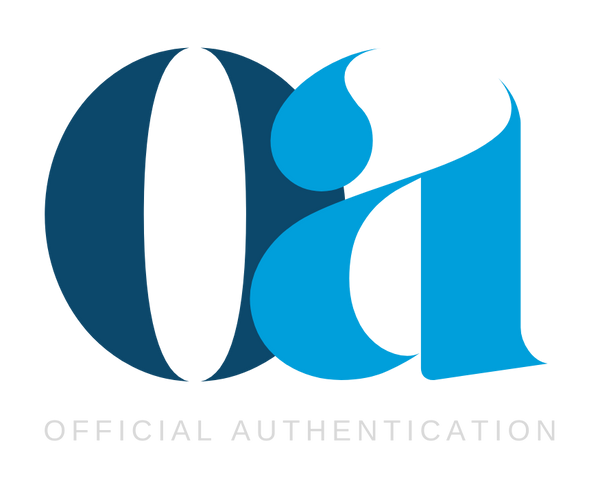In the discerning world of luxury handbags, the quality of leather serves as the ultimate testament to a piece's craftsmanship, durability, and investment potential. Beyond the allure of designer logos and iconic silhouettes, it's the leather itself that whispers the true story of a bag's pedigree. For collectors and enthusiasts across the United States, understanding the nuances between premium leathers has become essential knowledge-not just for authentication purposes, but for making informed investment decisions in a market where quality often translates directly to value retention.
The Luxury Leather Hierarchy: Understanding Premium Hides

The journey of luxury leather begins long before it reaches the artisan's workbench. Premium leather used by heritage houses undergo rigorous selection processes, with only a small percentage of hides meeting the exacting standards required for high-end handbags. The finest leathers typically come from specific breeds of cattle, raised in particular regions where climate and husbandry practices contribute to superior hide characteristics.

When examining luxury leather handbags, the first quality indicator is often the leather type itself. Full-grain leather-the highest quality available-preserves the natural grain pattern and imperfections that develop throughout the animal's life. This untouched surface creates a distinctive patina over time, telling the unique story of the bag's journey with its owner. Top-grain leather, while slightly less prestigious, undergoes minimal sanding to remove imperfections while maintaining excellent durability.
The touch test remains one of the most reliable methods for assessing leather quality. Authentic premium leather feels distinctively supple and slightly warm to the touch, with a natural give that synthetic materials simply cannot replicate. When examining a suspected counterfeit, I often notice that the material feels oddly cool and rigid, lacking the organic response of genuine leather when gently pressed.
Signature Leathers: The Distinctive Personalities of Luxury Houses

Each major luxury house has developed signature leathers that have become inextricably linked to their brand identity, often through proprietary tanning and finishing processes that create distinctive characteristics.
Hermès, perhaps the most leather-focused of all luxury houses, offers a masterclass in leather diversity. Their Togo leather, introduced in the 1990s, features a pronounced natural grain with a slightly pebbled texture that provides remarkable scratch resistance and rich color retention. This leather develops a subtle sheen over time rather than a traditional patina, making it particularly valued for Birkin and Kelly bags intended for regular use.

In contrast, Hermès Epsom leather-a favorite for structured bags-is distinguished by its embossed grain pattern and remarkable rigidity. This chrome-tanned calfskin doesn't develop the traditional patina that leather enthusiasts often prize, but its exceptional durability and color vibrancy make it ideal for maintaining the architectural lines of statement pieces. The embossing process gives Epsom its distinctive texture while enhancing its resistance to scratches and water damage.

Prada's signature Saffiano leather represents another pinnacle of luxury leather innovation. Created through a proprietary process where calfskin is hot-pressed with a distinctive cross-hatch pattern and treated with wax, Saffiano offers extraordinary durability while maintaining a sophisticated aesthetic. The wax treatment creates a protective barrier that repels water and resists scratches, making it particularly popular among American consumers who prioritize functionality alongside luxury.
Regional Preferences and Authentication Challenges
American collectors' leather preferences often reflect regional lifestyles and aesthetic sensibilities. East Coast buyers typically gravitate toward structured, architectural leathers like Epsom and Saffiano that maintain their shape through humid summers and snowy winters. West Coast collectors often prefer softer, more relaxed leathers like Togo or Clemence that develop character with casual use in the Mediterranean-like climate.
From an authentication perspective, each leather type presents specific challenges. Counterfeiters have become increasingly sophisticated in replicating the visual appearance of premium leathers, but they typically fall short in replicating the tactile experience. When authenticating Saffiano leather, for example, I pay particular attention to the depth and consistency of the cross-hatch pattern-authentic Saffiano features precisely executed embossing with uniform depth throughout the bag's surface.
For Hermès pieces, the edge finishing often reveals the truth about authenticity. Genuine Epsom leather bags feature meticulously painted edges with perfect color matching and no bleeding onto adjacent surfaces. The edge paint itself has a specific thickness and sheen that counterfeiters rarely manage to replicate accurately.
Investment Value and Leather Longevity
The relationship between leather type and investment value creates fascinating dynamics in the luxury market. While all premium leathers offer excellent durability compared to their mass-market counterparts, certain leathers age more gracefully than others, developing character that enhances rather than diminishes their appeal.

Hermès Togo leather, with its natural grain and subtle aging process, tends to maintain or increase value over time, particularly in neutral colorways. The leather's ability to withstand daily use while developing a subtle luster makes it especially sought-after in the secondary market. Conversely, highly processed leathers may maintain their pristine appearance longer but sometimes lack the character development that collectors prize.
For those building a collection with investment in mind, understanding how different leathers age becomes crucial knowledge. The most valuable vintage pieces typically feature leathers that have developed distinctive patinas while maintaining structural integrity-a balance that only the finest quality materials can achieve.
In a market where authenticity determines value, the ability to recognize genuine luxury leather represents not just connoisseurship but financial acumen. As counterfeiters continue to refine their techniques, the subtle characteristics of premium leathers-their weight, scent, texture, and aging patterns-remain the most reliable indicators of authenticity and quality in the ever-evolving world of luxury handbags.

